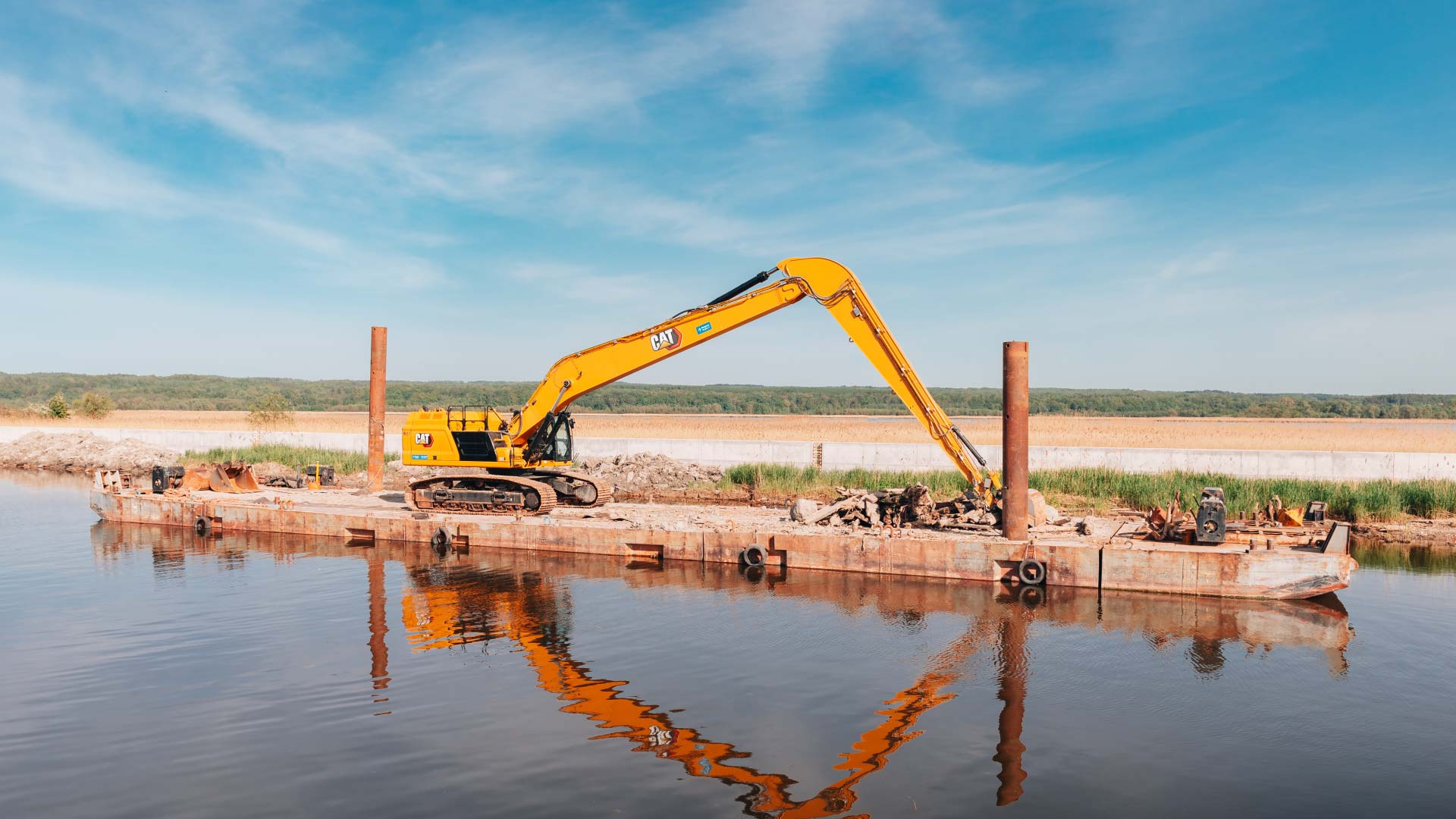What Are Extended Booms and Arms?
Dredging is a vital process for maintaining navigable waterways and managing sediment in various construction projects. A crucial element of dredging equipment is the boom and arm system. Extended booms and arms enhance the reach and efficiency of dredgers, making them essential for both shallow and deep-water dredging tasks. This article explores the significance of extended booms and arms, their benefits, and their impact on dredging performance.
Booms and arms are key components of dredging equipment, providing the necessary reach and functionality for effective dredging.
What is a Boom?
The boom is a large, horizontal or inclined arm that extends from the main body of the dredger. It supports the arm and allows the dredger to reach various depths and distances. The boom can be adjusted to different angles to optimize dredging performance.
What is an Arm?
The arm, or dipper arm, extends vertically or at an angle from the boom. It carries the dredging tool, such as a bucket or cutter head, and is responsible for the excavation and material handling tasks.
Benefits of Extended Booms and Arms
Extended booms and arms offer several advantages, enhancing the overall effectiveness and efficiency of dredging operations.
Increased Reach
Extended booms and arms significantly increase the reach of dredging equipment. This is particularly useful for accessing deeper and more distant areas without the need to reposition the entire vessel.
Enhanced Precision
Longer booms and arms provide better control and precision during dredging. Operators can target specific areas more accurately, minimizing the risk of damaging surrounding structures or equipment.
Greater Versatility
Extended booms and arms make dredging equipment more versatile. They enable the dredger to perform tasks in confined or challenging locations, such as under piers and docks, that would be difficult with shorter booms.
Improved Efficiency
By reducing the need for repositioning and allowing for more precise dredging, extended booms and arms contribute to greater operational efficiency. This leads to faster project completion times and reduced operational costs.
Access to Challenging Locations
Extended booms are especially beneficial for dredging in narrow channels, harbors, and areas with underwater obstructions. They provide the flexibility needed to navigate and operate effectively in these environments.
Key Considerations for Extended Booms and Arms
While extended booms and arms offer numerous benefits, there are important considerations to ensure their optimal performance and longevity.
Structural Integrity
Extended booms and arms experience additional stress during operation. It is crucial to ensure that these components are designed to withstand increased loads and operational demands. Regular inspections and maintenance are essential to maintain structural integrity.
Maintenance Requirements
Longer booms and arms may require more frequent maintenance and inspection. Regular checks are necessary to address wear and tear and to ensure continued performance and safety.
Operational Training
Proper training is essential for operators to handle the complexities of extended booms and arms. Adequate training helps maximize the benefits of these features while minimizing the risk of accidents or equipment damage.
Technological Advances in Booms and Arms
Modern technology has led to significant advancements in boom and arm systems for dredgers.
Hydraulic Adjustments
Hydraulic systems allow for precise control over boom and arm positioning, enhancing operational flexibility and accuracy.
Advanced Materials
New materials improve the strength and durability of booms and arms while reducing their weight, leading to better performance and efficiency.
Integrated Sensors
Advanced sensors provide real-time data on boom and arm performance, enabling operators to make informed adjustments and optimize operations.
Conclusion
Extended booms and arms are critical components of modern dredging equipment, offering increased reach, precision, and versatility. They enable dredgers to operate efficiently in various environments and achieve better results in dredging projects. However, to fully benefit from these extended features, considerations for structural integrity, maintenance, and operator training are essential. As technology continues to evolve, the capabilities of boom and arm systems will likely advance, further enhancing dredging operations and meeting the demands of waterway management and construction projects.
By understanding and leveraging the advantages of extended booms and arms, dredging professionals can optimize their operations and achieve improved outcomes in their projects.
